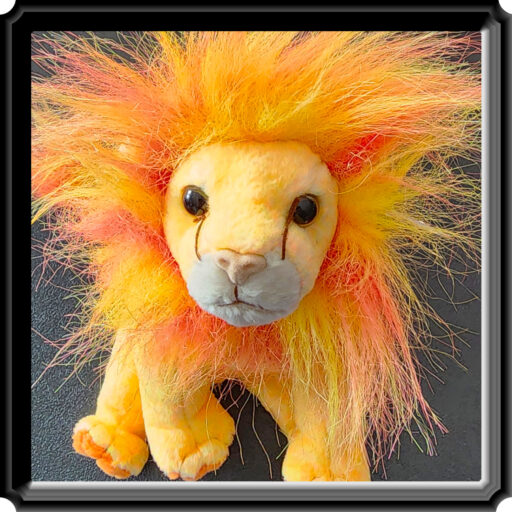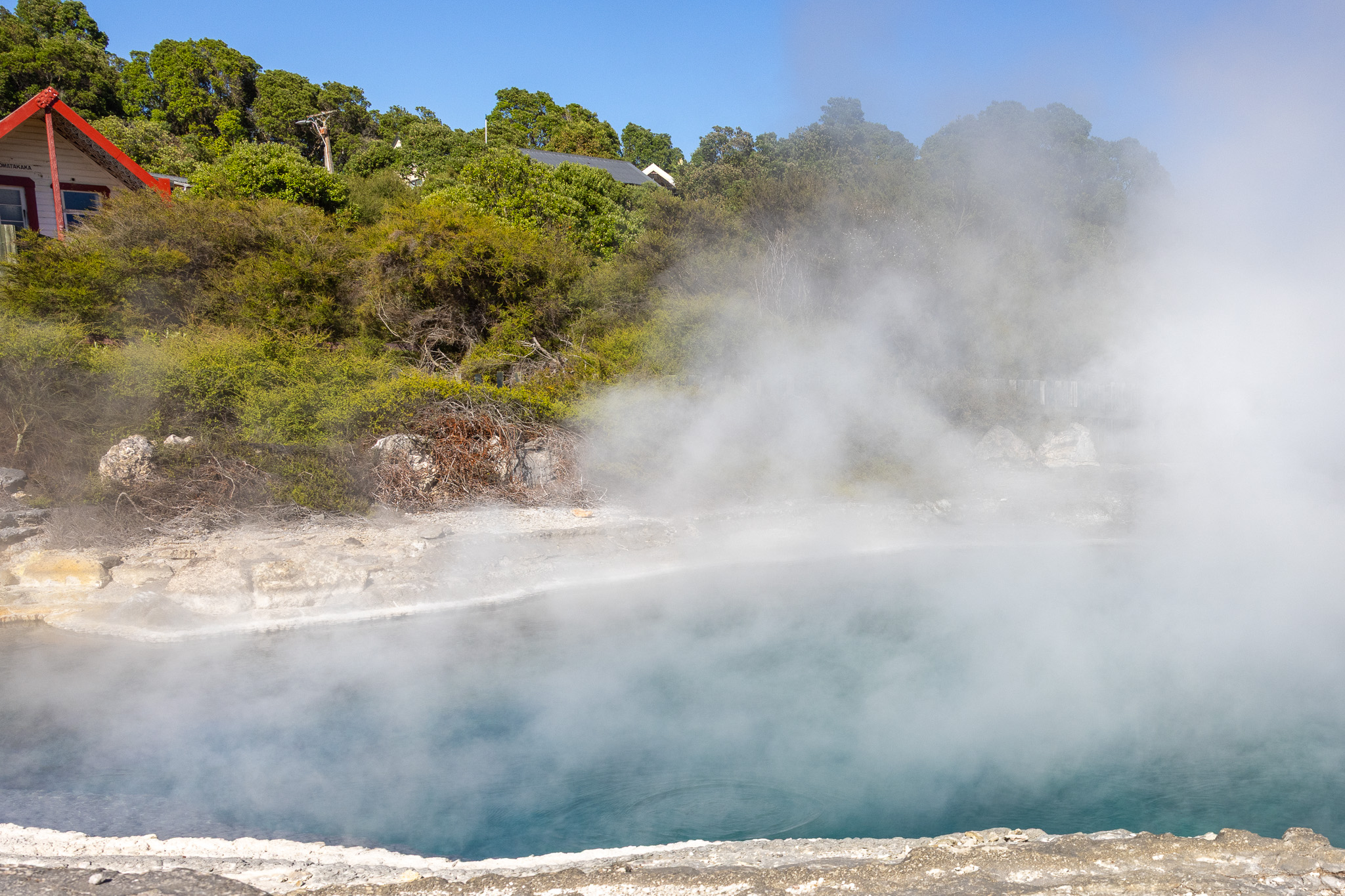Today I set off on a tour to Rotorura to learn about the Māori Culture.
The Māori originally were Polynesians who came to New Zealand (they call it Aotearoa) in canoes during the late 13th century.
Crops they brought with them did not take well to New Zealand climate, but they adapted.
They hunted, fished, and found other crops, but a boom in population led to competition for resources between tribes, and a new warrior culture emerged, but other than disagreements among tribes, there was no one else to disagree with.
Then in 1642, a guy named Abel Tasman appeared. He worked for the Dutch East India Company and is recorded in the history books as the first European to set foot on what he called “Staten Landt.”
That means New Zealand. Or Aotearoa to the people who lived there. Europeans have a way of naming named things.
Good old Abe introduced the Māori to western food, tech, weapons and culture. Eventually settlers started to arrive, mostly from Britan, and in 1840, the British Crown and Māori chiefs signed the Treaty of Waitagi which allowed Aotearoa to become part of the British Empire and allowing all of the Māori to become British subjects. Quite nice of them.
With that bit of background, today I visited Te Whakarewarewa village. The Tuhourangi tribe of Mauri lived in this area long before the British allowed them to be citizens. They settled here because of the natural healing waters of the geysers and pools in the area, and since the time of Abel Tasman they shared the area with visitors.
The village became a stop for tourists on their pilgrimages to and from the iconic Pink and White Terraces.

So, I did some research because I did not see Pink and White Terraces on any google map or NZ tourism maps. Short story, they no longer exist. I will take them off my bucket list.
They were a natural wonder of the country, described as the largest silica sinter deposits on Earth.
And they are not around anymore because in 1886, Mt. Tarawera erupted. That is important not only because it destroyed the Pink and White terraces, but because it destroyed the Mauri villages of Te Wairoa and Te Mu.
Over 150 lives were lost in the event, and the tourism trade that had made the Tuhourangi tribe the wealthiest in the country was destroyed.
As you might imagine, the Tuhourangi survivors were devastated, but, the Ngati Wahiao tribe of Whakarewarewa reached out and offered them land and an area to settle.

Following the eruption, the geothermal activity in Te Whakarewarewa increased. New geysers, new mud and water pools, more dramatic silica formations… you get the idea. From the devastation arose new opportunities.
Word spread about the return, or at least emergence of new healing waters in the area and the tourists returned. Which allowed the guides who survived from Te Wairoa and Te Mu, and new guides from Te Whakarewarewa to return to guiding people through the area.
The most famous, Guide Sophia who was in her 60s when she made the move to Whakarewarewa, and was joined by sisters Guide Maggie and Guide Bella Papakura.
In 1901 along came the Duke and Duchess of Cornwall, and the area, the guides and all of New Zealand hit the international spot light. The visit catapulted Guides Maggie and Bella Papakura into international fame. They were both of dual Māori and English parentage, knew all the Maori lore and history, and were educated in European schools. They were charming, spirited, knowledgeable ambassadors of not only the area, but all of New Zealand. Some say Guide Maggie was the most photographed New Zealand native in history.
I could go on for pages about the guides, as they are probably the reason New Zealand is on the map at all in today’s world, but what is most interesting about the whole visit today is that women run this culture. Perhaps they do not sit in the leadership chair, although I think they really do, but it was their guiding of visitors through the area while raising the children and being so respected by their communities that is the story told today.
I honestly walked away from this tour having no idea if a male existed in their history. If they were mentioned in the signs or the tour it was because they went off to fight in a war.
There were men in the village. The very spirited dance during their cultural performance was equal men and women. The women ran the visitor center, I noted men delivering food to the cafe. There were a couple of male ‘security’ standing around, and one guide was a male.
Yet from the stories to the observations, this is a matriarchal society. The guides were all female in the beginning, and they take great pride in tracing their heritage back to the original guides. The tattoos on their faces is an ancestry linking them back to the great women of their heritage. A heritage which was entirely oral, or carved into sculptures.

People do live in the village today, but far fewer than there used to be. They still use the natural springs for everything from cooking their food to bathing, as their ancestors did.

They also have added a church to their village, I don’t remember exactly what denomination, but Christian. Which led to them having a cemetery, something they never had before. Because of the geological activity in the area, it is hard to bury the bodies, so most are above ground crypts.
Which honestly was a little eerie because some of them had steam coming out of them. Honestly, everywhere had steam and smelled of sulphur. You cannot come to this area if you have an aversion to the smell of sulphur. It is unavoidable.

There is only one way to describe the culture and this area, and it is not through writing. I could give long histories, but I know even I am bored with that, so the best thing I can offer you is video excerpts from their cultural performance.

